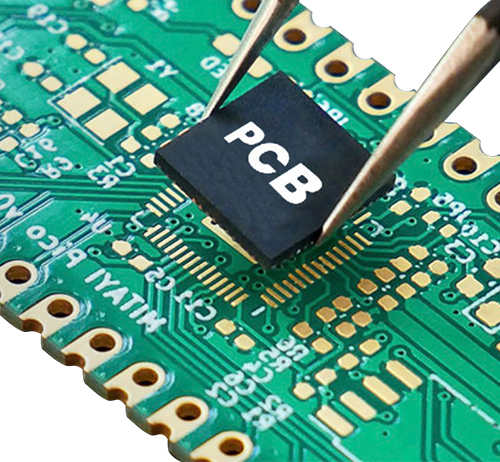Time:2022-06-08 Visit:
In the PCB circuit board industry, we often encounter large or small problems with halogen-free insulation boards and their processing. The halogen-free insulation board is made by mixing electronic grade glass fiber and halogen-free epoxy resin, and hot pressing. Halogen-free boards have high mechanical and dielectric properties. They are the most commonly used materials for insulating structural parts of motors and electrical equipment. Let us analyze the advantages and disadvantages of the halogen-free PCB circuit board industry below:

1. Advantages: The halogen-free board does not contain halogen elements, which is the concept of environmental protection and the requirements for green environmental protection in the future.
2. Disadvantages: If it is not halogen-free, it may increase its brittleness and easily cause white spots. In particular, more stringent manufacturing process standards have been proposed for solder mask manufacturing and appearance production processing.
The main reason for the lower water absorption rate of halogen-free than epoxy resin is that the lone pair electrons of N and P in nitrogen-phosphorus epoxy resin are less than halogen, and the probability of forming hydrogen bonds with hydrogen atoms in water is lower than that of halogen-based materials. Therefore, its materials The water absorption rate is lower than that of traditional halogen flame-retardant materials. Reducing the water absorption of the material will affect the following aspects: the reliability of the material, the stability of the material during the PCB manufacturing process, and the caf performance of the material.
Halogen-free insulation panels are widely used in applications such as substations, power stations, power distribution rooms, laboratories, and outdoor electrical work.